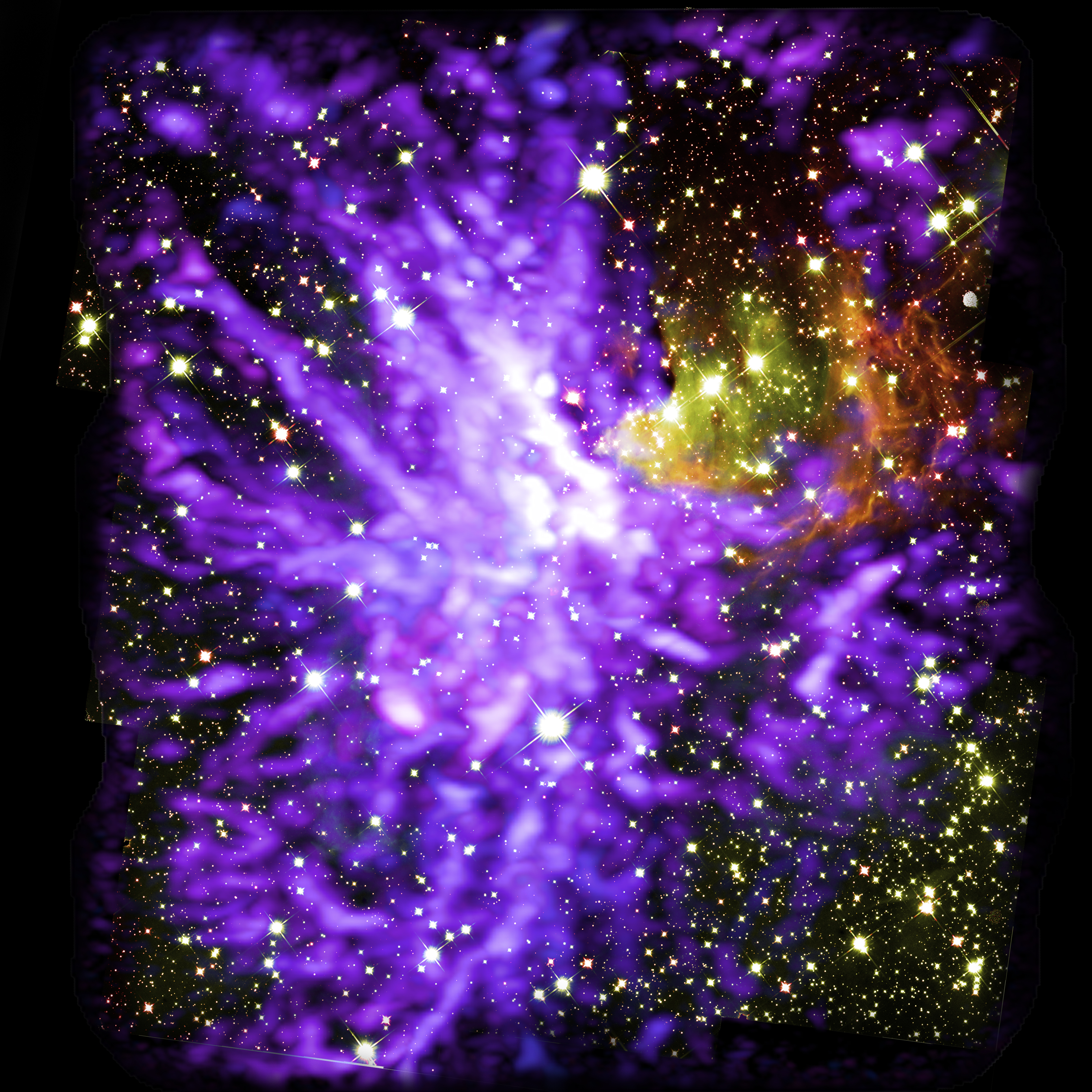How the Earth’s Atmosphere Can Influence What a Star Looks Like

Question:
My daughter and I were at the summit of hwy 17 on 7/23/20 at approx 1115 we were looking at “a Sct,” it appears we witnessed an eclipse of that star. Started at approx the 2 o’clock area of the star, then completely covered star leaving a corona type feature and ended by leaving at the 7 o’clock area. Is there anyway to confirm this? If so, do you know what would have caused this eclipse? My daughter is 19 and thinking about studying Astronomy. Any information is greatly appreciated.
Answer:
It is very likely that what you were seeing was a patch of the Earth’s atmosphere with an elevated amount of water vapor passing across the path of the light from the star through our atmosphere. This is the same process that causes stars to “twinkle”, disappear momentarily, or appear “fuzzy”. The Sky at Night description of what is called “astronomical seeing” provides a nice description of this phenomenon.





